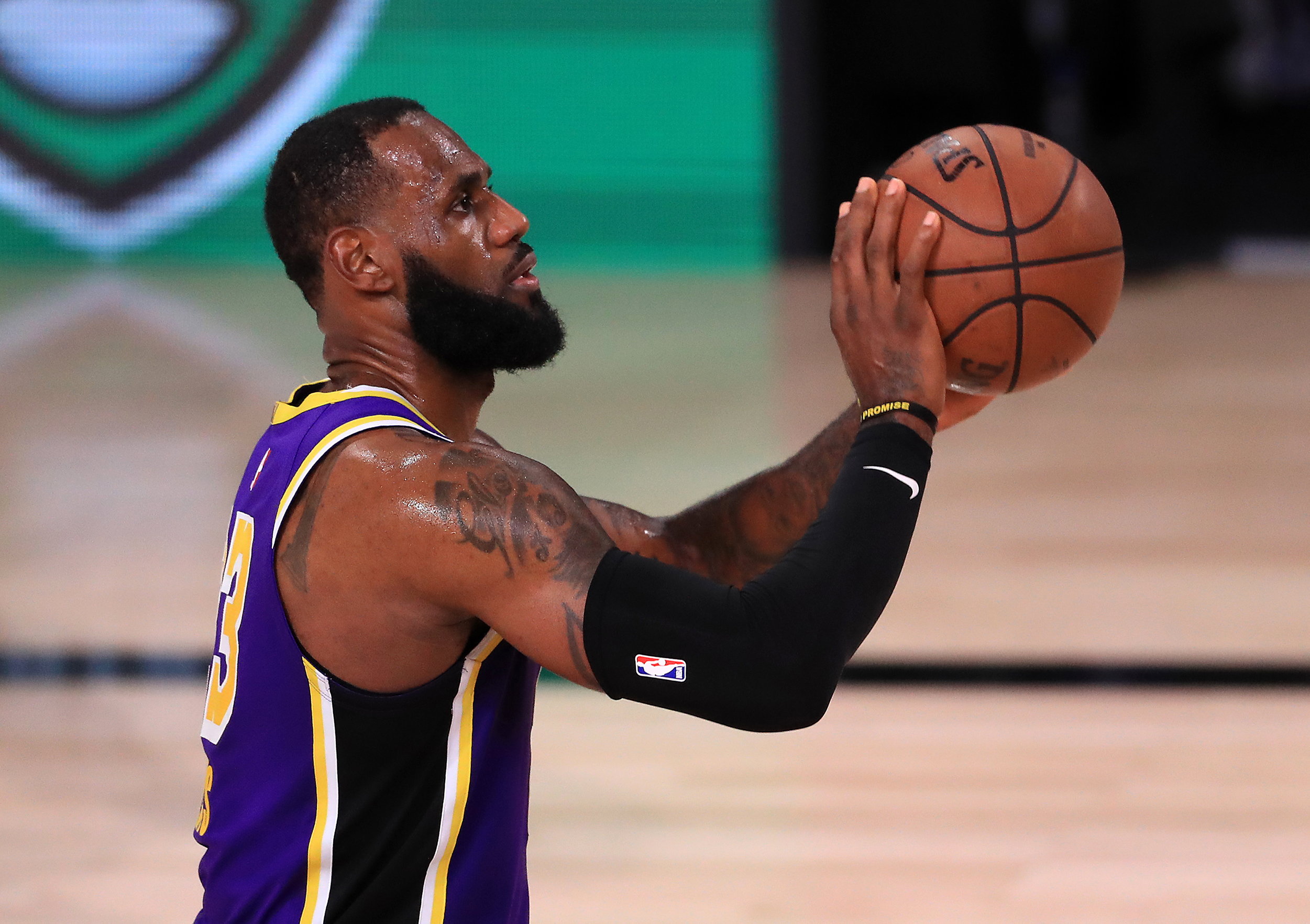
“I’m not sure about sports though.”
It’s a phrase I’ve heard countless times over the past several months in conversations about how the TV industry was finally going to make the transformation from traditional cable-based pay TV to a digital system based on Flixes and FASTs.

Dig a little deeper and it turns out it’s not all sports broadcasts that people are confused about, but rather a very specific type of sports broadcast: the RSN, or regional sports network.
Allow me to explain.
On a very macro level, sports fans can be broken down into two segments: fans of a particular sport and fans of a particular team. (And yes, there is massive overlap between the two segments.)
Fans of a particular sport, say basketball, are happy watching the Celtics play the Pistons on ESPN, provided it’s a good game and a fairly even matchup. They have a favorite team they root for and favorite players, but they’re mostly happy to watch a well played basketball game, NBA or college.
Moving those fans to streaming will not be a big deal. ESPN has ESPN Plus, and games currently on NBC can be moved to Peacock, CBS to Paramount Plus, TNT to HBO Max, etc. That may not happen in 2021. But it’s easy enough to make happen, given that the major players in this area all have wholly owned streaming outlets and that the leagues will be happy to move the broadcasts so long as that’s where the eyeballs are.
NEXT TV NEWSLETTER
The smarter way to stay on top of the streaming and OTT industry. Sign up below.
Regional Sports Networks, on the other hand, are a whole different story.
These networks attract more dedicated fans--viewers who are committed to a single team. They really only want to watch that team play, and the ability to watch all 162 regular season Yankees games is a huge reason people choose their pay TV service by whether or not a provider carries YES, the Yankees and Brooklyn Nets RSN.
That dedication is why RSNs have traditionally been so expensive and why Sinclair recently paid over $10 billion for Fox Sports RSNs. (And why it was such a blow to Sinclair when YouTube TV announced they would no longer be carrying them.)
Here’s the other thing about RSNs: because they’re expensive, they add to the cost of the average pay TV bill, by some estimates as much as $25/month.
And the fact is that many people don’t care enough about sports to want to pay that extra $25. Which is why the YouTube TVs of the world are dumping RSNs.
At the same time, there are still plenty of fans who do want to watch every single Yankees game.
So what to do about them?
One theory says that rather than just dump their RSNs, providers like YouTube TV should make them extra-cost add-ons, charging $30 or even $35/month for the service.
The counter argument to that is that given YouTube TV itself is only $65/month, $35/month for a Fox Sports Florida would seem punitive and would get very few takers and that those who did subscribe would only do so for a few months at a time, during whatever season they were interested in.
The other commonly heard theory is to make the RSNs standalone OTT apps and try and package them into the various bundles that will emerge as part of The Great Rebundling, where, say, $75/month might get you an RSN, three Flixes and an unlimited number of FASTs.
Or just leave them as standalone OTT apps, on the theory that fans, who will gladly pay upwards of $100 for a single not-very-good ticket for a live game, will happily pay $40 for a month's worth of games, especially if that price includes exclusive content, discounts on tickets and gear and other perks.
What is clear though is that something needs to happen and soon.
We have reached an inflection point for streaming: once Paramount Plus and Discovery Plus are up and running, there will be nine Flixes, a good dozen FASTs and hundreds of niche channels. Together, they will have better and more plentiful programming than traditional pay TV and cost far less money.
Which means that sports will need to go somewhere.
Or not.
There’s a third theory that says paying big bucks for live sports is a generational thing—the average age of NFL, MLB and NHL fans is well north of 50, with the NBA averaging early 40s. This theory suggests that younger fans don’t have time to watch 162 games and have figured out they can quickly get updates in real time with a range of internet and social media sources, so there’s no reason for them to subscribe to an RSN.
Plus, theory’s proponents add, the era of free agency, which has teams switching rosters on an almost yearly basis, means that younger fans rarely have a strong allegiance to a particular team and are thus happy to just watch “a good game” with players they like, versus rooting for a particular team.
The pandemic, of course, complicates all of this, as no sports league is playing a traditional season, and everything is still very much up in the air, making it hard to determine which trends are accelerating and which are slowing down.
That means that everyone will be winging it for the next year or two, trying to stay one step ahead of where the viewers are heading, while still providing fans with what they want right now.
Sports is the last piece of the cable-to-streaming transition that needs to be solved and where it eventually nets out is anyone’s guess.
Alan Wolk is the co-founder and lead analyst for media consultancy TV[R]EV

